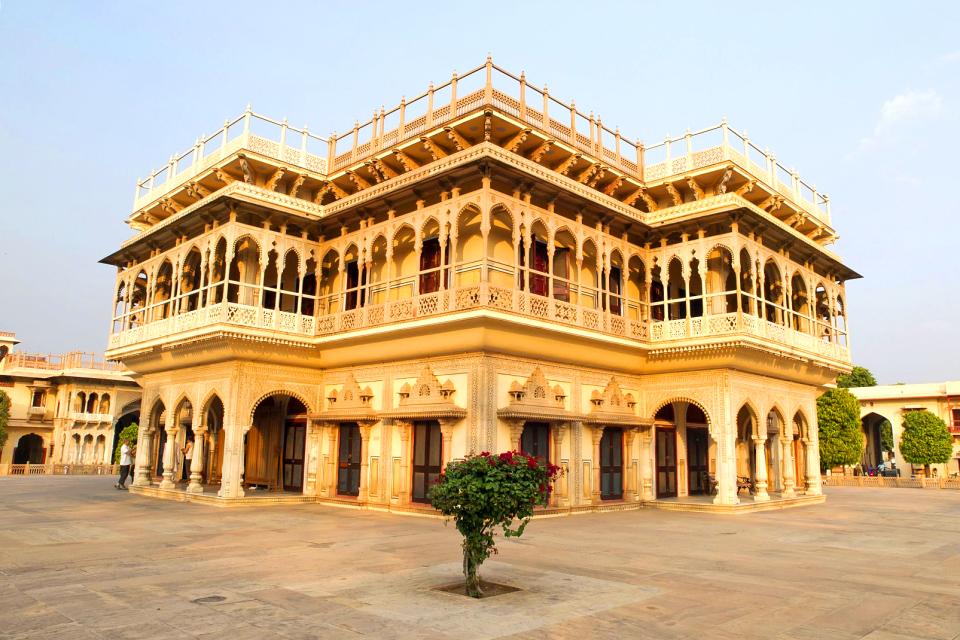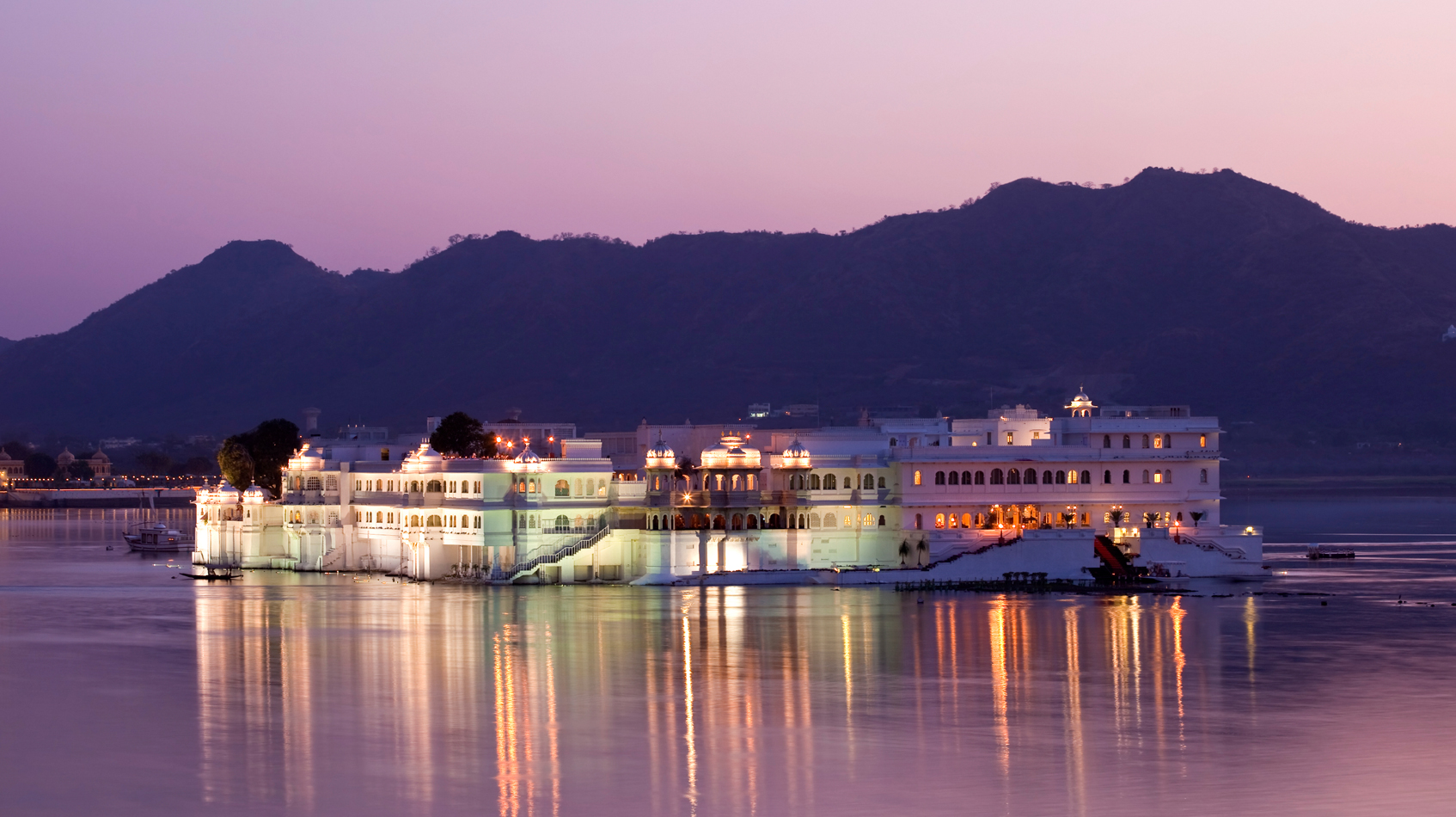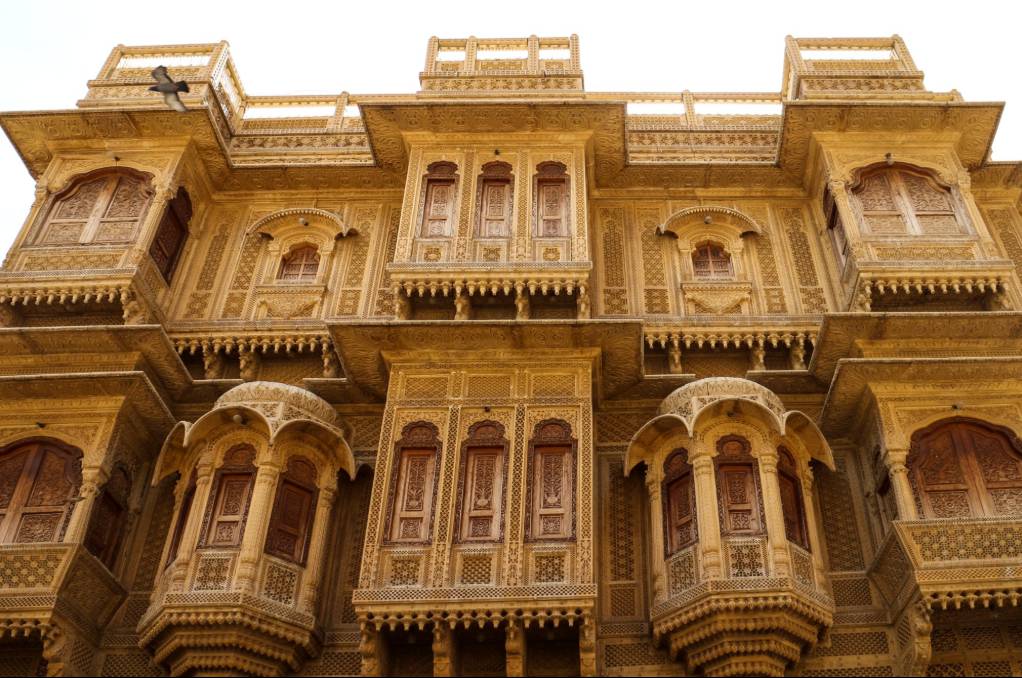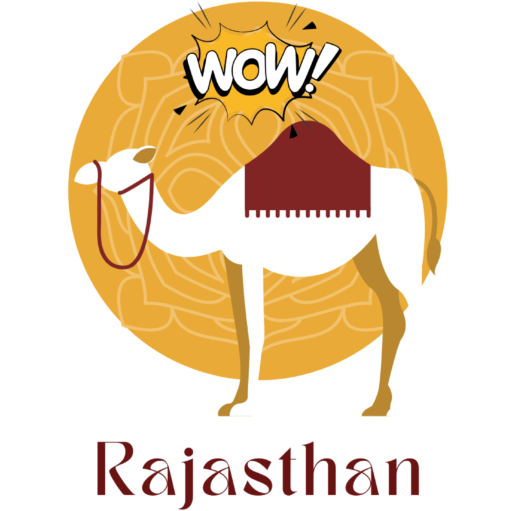Rajasthan history is a timeless tale of royalty, luxury, and architectural brilliance. Rajasthan’s royal palaces reflect the grandeur of its kings and their artistic vision. Each palace offers a glimpse into Rajasthan’s regal past, showcasing intricate designs, cultural richness, and unmatched opulence. In this blog, we’ll explore how Rajasthan history comes alive through Rajasthan’s royal palaces and their architectural splendor.
Table of Contents
ToggleThe Importance of Rajasthan’s Royal Palaces in Rajasthan History
Rajasthan’s royal palaces have always held a significant place in Rajasthan history. These magnificent structures were not just homes for the kings and their families but also symbols of power and prestige. Moreover, as time passed, these palaces evolved into grand architectural masterpieces, blending local traditions with Mughal and European influences. Therefore, their historical significance continues to fascinate anyone who delves into Rajasthan history.
Iconic Royal Palaces That Showcase Rajasthan History
Rajasthan’s royal palaces are living testaments to its glorious past. These stunning landmarks vividly capture the cultural and architectural achievements of Rajasthan history. Below are some of the most iconic examples:
- City Palace, Jaipur – A Gem of Rajasthan’s Royal Palaces
Located in Jaipur, the City Palace showcases the perfect blend of Rajput, Mughal, and European architectural styles. Built by Maharaja Sawai Jai Singh II, it not only reflects the artistry of Rajasthan history but also serves as a popular tourist destination today.
- Lake Palace, Udaipur – A Floating Marvel in Rajasthan History
Situated on Lake Pichola, the Lake Palace was constructed by Maharana Jagat Singh II. Its stunning design and romantic setting make it an enduring symbol of Rajasthan history’s luxury and elegance.
- Umaid Bhawan Palace, Jodhpur – Rajasthan History Meets Modernity
Built in the 20th century by Maharaja Umaid Singh, this palace combines Art Deco and traditional architectural styles. As a result, it highlights how Rajasthan history embraced modernity while preserving its heritage.
- Hawa Mahal, Jaipur – An Icon of Rajasthan History and Culture
Known as the “Palace of Winds,” Hawa Mahal was designed for royal women to observe street festivities. Its unique façade, built with red and pink sandstone, showcases the innovative spirit within Rajasthan history.
- Patwon Ki Haveli, Jaisalmer – A Merchant’s Contribution to Rajasthan History
Although not a royal palace, Patwon Ki Haveli represents the wealth and influence of Rajasthan’s merchants. Thus, its intricate carvings and grandeur add to the rich tapestry of Rajasthan history.
Architectural Brilliance That Defines Rajasthan’s Royal Palaces
The royal palaces of Rajasthan reflect the artistry and craftsmanship that define Rajasthan history. For instance, their intricate carvings, expansive courtyards, and ornate jharokhas (balconies) reveal the attention to detail in every structure. Additionally, the use of marble, sandstone, and mirror work demonstrates the region’s rich resources and skilled artisans. Furthermore, Mughal influences blend harmoniously with Rajput designs, creating architectural wonders that narrate the story of Rajasthan history.
Rajasthan’s Royal Palaces Preserved in Cultural Traditions
Rajasthan history is not only preserved in its royal palaces but also celebrated through its traditions. For example, festivals like Teej and Gangaur, once observed in these royal residences, continue to honor Rajasthan’s cultural legacy. Today, many of these palaces serve as heritage hotels and museums. Consequently, visitors can experience Rajasthan’s royal palaces in their authentic form, while enjoying a blend of culture and luxury.
How Rajasthan’s Royal Palaces Boost Tourism
Rajasthan history plays a crucial role in attracting millions of visitors every year. Indeed, Rajasthan’s palaces are among the most sought-after destinations for travelers. Cities like Jaipur, Udaipur, and Jodhpur offer immersive experiences, where tourists can connect with the grandeur of Rajasthan’s royal past. Additionally, these palaces have become popular venues for luxury weddings and cultural events. As a result, they seamlessly blend history with modern celebrations.


